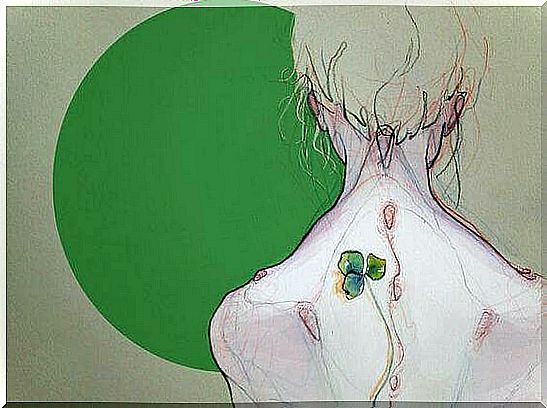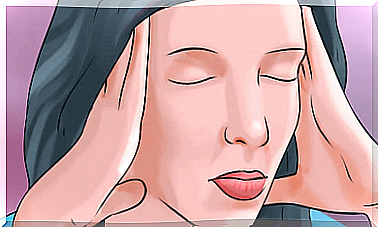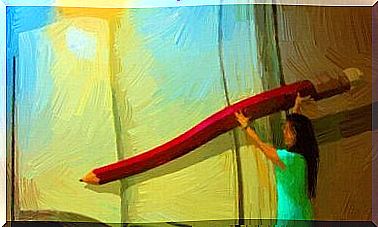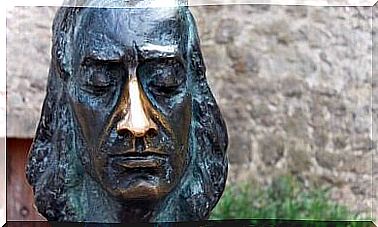What Is The Link Between Negative Emotions And Chronic Pain?
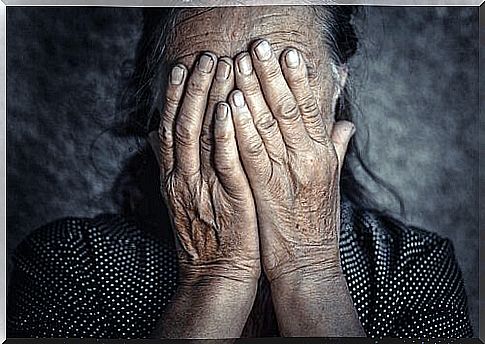
It seems hard not to make the connection between pain and feeling bad about ourselves emotionally. Who hasn’t hit their knee one day and got angry at the table standing in their way? Apart from anger, we can also feel sad or nervous.
Now imagine that this pain is not transient, but presents most of the time … It is easy to understand the emotional discomfort associated with it. There are many studies on the influence of psychological factors in chronic pain. So… is emotional discomfort caused by chronic pain or is it the other way around?
Chronic pain and sadness
In fact, even though we know that chronic pain and negative emotions are linked, it seems complex to define in a concrete way what this relationship is. We don’t know exactly how emotions affect the onset or increase of pain, in the same way that we also don’t know the role that pain plays in making us feel negative emotions.
On the other hand, chronic pain has high levels of disability. Thus, those who suffer from it have an altered life. It is also linked to this emotional discomfort that often appears in these people. Indeed, this loss of functional capacity can involve a great level of sadness.
We have indeed found that the incidence of depression is greater in patients with chronic pain compared to people who do not. But in addition to that, sadness also portends an increase in pain. This emotion has been concretely shown to be the strongest predictor of pain in rheumatoid arthritis.
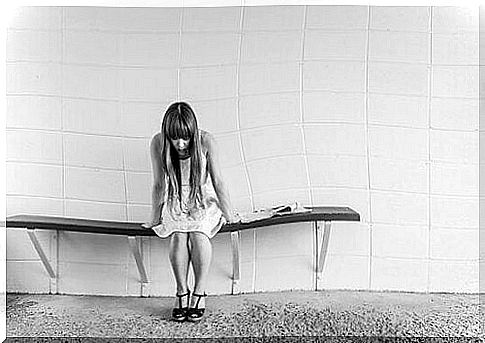
Anxiety and chronic pain
Chronic pain isn’t just associated with sadness or depression. It can also be linked to anxiety and anger. Regarding anxiety, it has been noticed that people suffering from chronic pain are more anxious. In addition, the prevalence of anxiety disorders is greater in these people than in those who do not suffer from any pain.
Like sadness, suffering from anxiety has been found to affect the way chronic pain is felt. Concretely, high levels of anxiety that persist over time increase the predisposition to frequently experience episodes of pain. But it also worsens the pain that was already there. Thus, the pain is more pronounced and sustained in patients with the most anxiety.
Sensitivity to anxiety also plays a special role. It is the fear of symptoms of anxiety, coupled with the belief that these will take a toll on us. This factor influences both the onset and maintenance of chronic pain.
Chronic pain and anger
The role of anger in physical health has been the subject of several studies. Indeed, we have found proof that the fact of feeling it and expressing it helps to trigger and develop certain psychosomatic diseases, such as heart disease or cancer.
Regarding chronic pain, the results indicate that people who suffer from it have higher levels of anger and hostility than the rest of the population. We have also seen that the internal expression of anger is greater than in others. This means that they feel anger that they do not express outwardly and that they manifest in an internal dialogue through negative thoughts that they keep repeating.

We have also noticed that patients with chronic pain who tend to express their anger this way, instead of outwardly (external anger) or by controlling it more adequately (anger control). ), have higher levels of pain. It is also bad to express your anger externally, because those who experience it will damage their interpersonal relationships and will reduce their social support, which is a key solution.
For all these reasons, it is extremely important to intervene psychologically in patients with chronic pain. Adequate anger control, as well as strategies for managing anxiety and sadness will not only lead to greater psychological well-being, but will reduce the feeling of pain.
